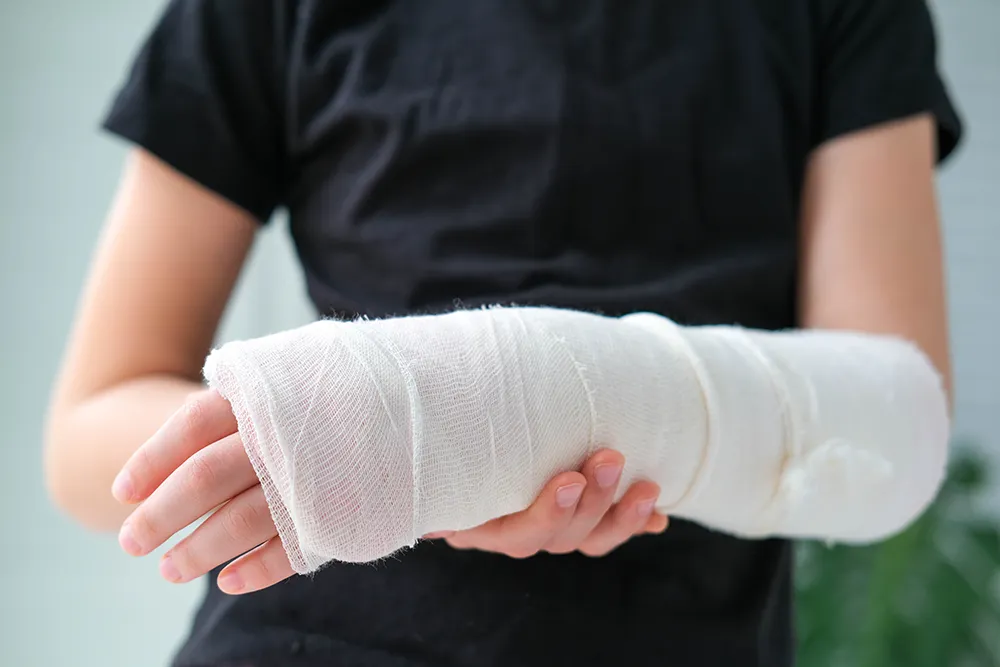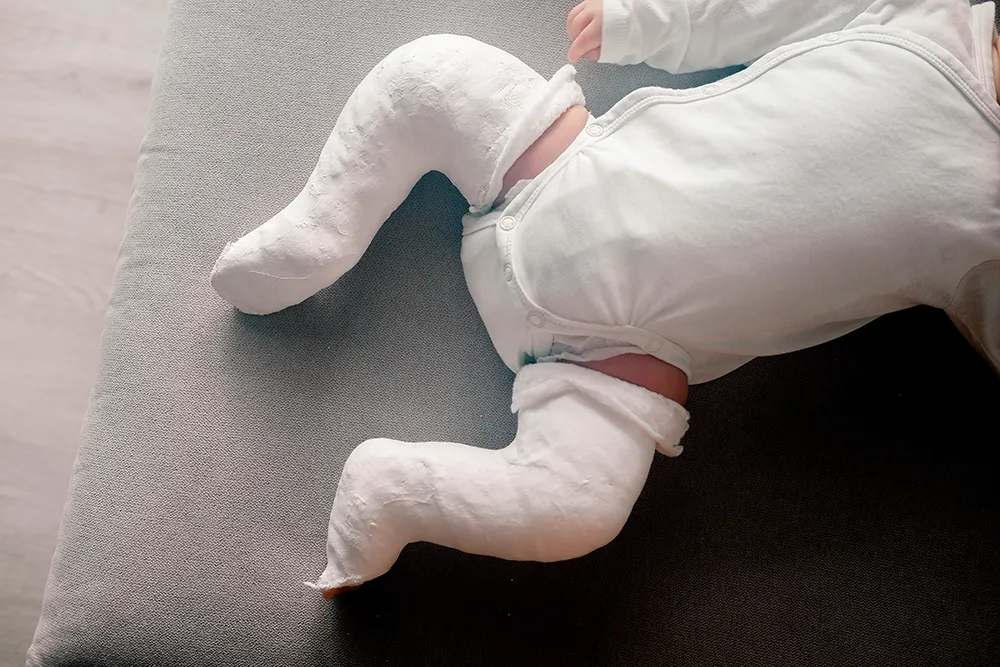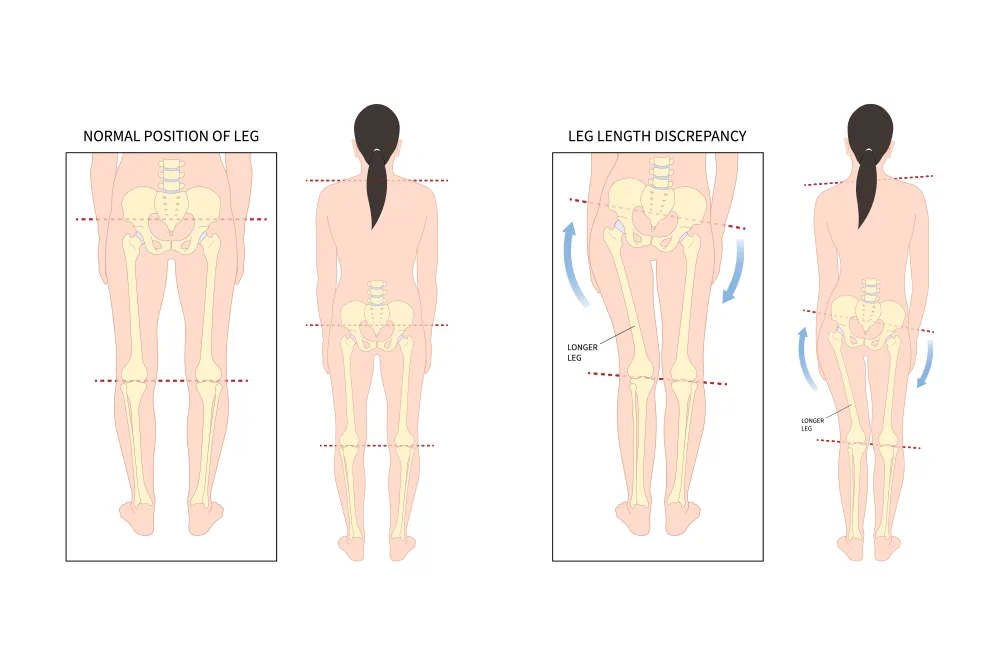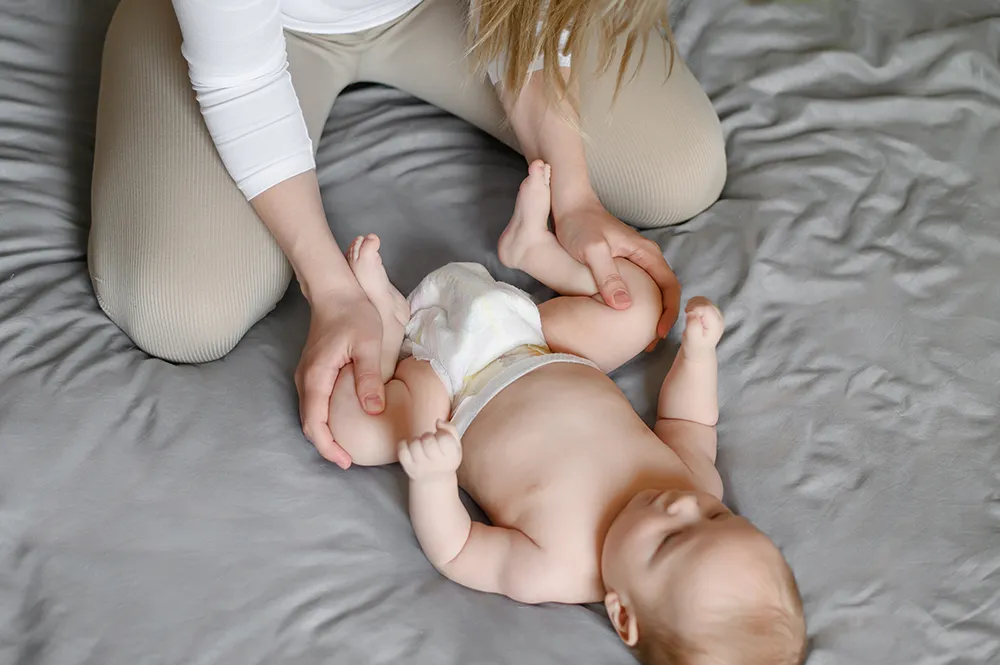Knock knees (Genu Valgum) in children
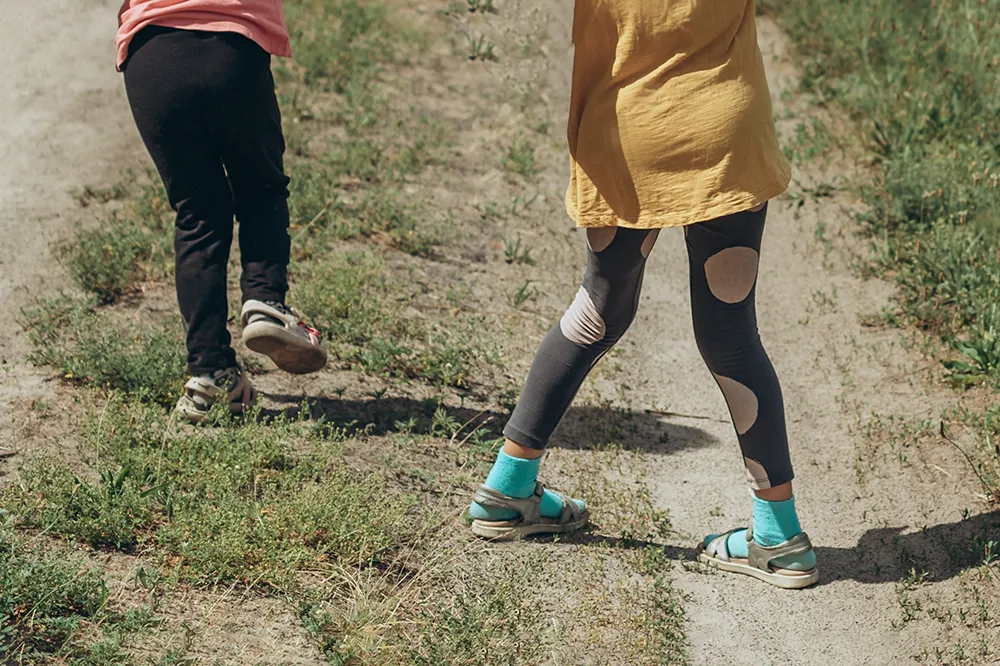
What are knock knees?
Knock knees, medically known as genu valgum, is a condition where a child stands up straight, and their knees tilt inward while their ankles are spaced apart. This alignment issue is typically noticeable when a child stands with their knees touching and feet apart.
What causes knock knees in children?
Knock knees in children are often a normal part of growth and development. As children begin to walk, an inward tilt at the knees can help them balance. However, there are other potential causes of knock knees, including:
- Injury of the knees and legs: Trauma to the knee or leg can affect bone growth and alignment
- Bone infection/disease: Conditions such as osteomyelitis can impact the structure and development of bones
- Arthritis: Juvenile arthritis can lead to joint inflammation and misalignment
- Obesity: Excess weight can put additional stress on the knee joints, influencing their alignment
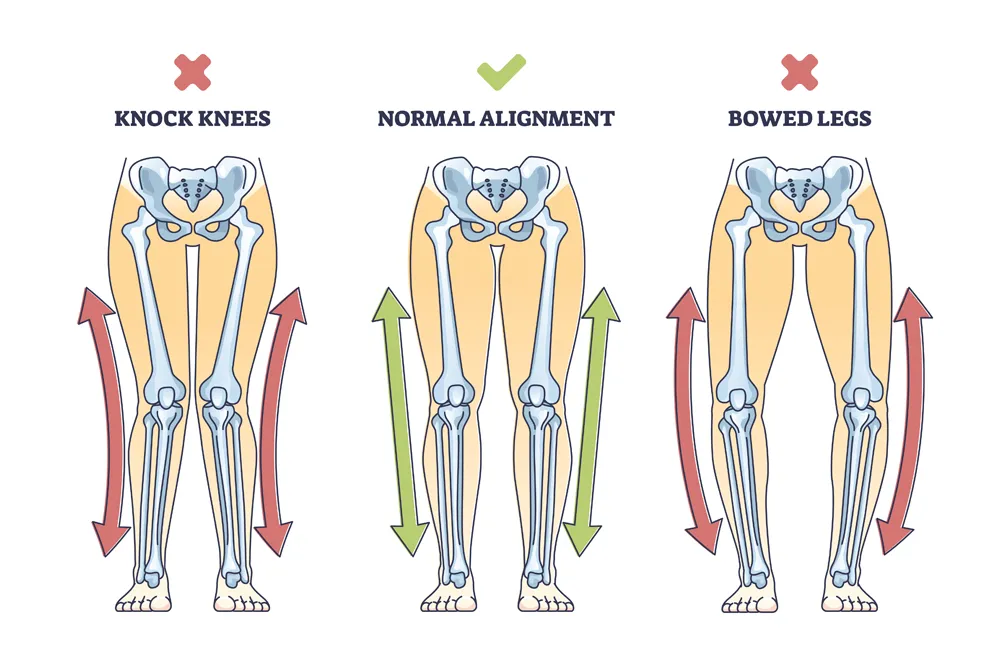
Symptoms of knock knees
Knock knees are identifiable when a child stands upright, with key symptoms including:
- Inward angulation of the knees: The knees angle inward, touching each other
- Ankles apart while the knees are touching: A noticeable gap between the ankles
- Unusual walking pattern / Limping: The child may exhibit an abnormal gait
- Outward rotation of feet: The feet may turn outward when walking or standing
Do knock knees require treatment?
Not all cases of knock knees require treatment, as children often outgrow the condition, and their legs straighten naturally. However, you should consult a specialist if your child’s knock knees exhibit any of the following symptoms:
- Knock knees before 2 years old or after age 7: Unusual age range for knock knees to appear or persist
- The condition becomes progressively worse: Increasing in severity over time
- Asymmetry of the legs: One leg appears more affected than the other
- Unusual walking pattern, i.e., limping: Persistent abnormal gait
- Knee or hip pain: Discomfort or pain in the knee or hip areas
Treatment for knock knees
Treatment for knock knees depends on the severity and underlying cause of the condition. If your child has severe or unresolved knock knees, a specialist will first determine if the knock knees are part of another underlying condition.
Non-surgical treatments
- Physiotherapy: This can be an effective non-surgical treatment option for mild to moderate knock knees. A physiotherapist can design exercises and stretches to strengthen the muscles around the knee joint, improving stability and alignment.
- Orthotics: Custom-made orthotic insoles can offer extra support to the feet and improve overall alignment. They are frequently recommended for children with knock knees to alleviate stress on the knees and enhance their gait.
- Bracing: In some cases, especially for children, bracing may be advised. These knee braces or orthopedic devices can help guide the knees into a more normal alignment as the child grows.
Surgical treatments
In more severe cases or when knock knees are linked to other underlying conditions, surgical options may be considered. These procedures aim to correct bone alignment and promote proper growth and development.
- Guided growth surgery: This procedure corrects knock knees by slowing growth on the bent side of the bone, allowing the other side to catch up. Small metal devices are implanted by the surgeon on the inner side of the growth plates around the knees. As the outer side of the knees continues to grow, the legs gradually straighten.
- Osteotomy surgery: Addresses more severe deformities or persistent knock knees that do not resolve by the end of the child’s growth period. The procedure aims to straighten the legs by altering the angle of the bones. The surgeon achieves this by cutting and realigning the bone above or below the knee.
Understanding and addressing knock knees early can help ensure the best outcomes for children, promoting healthy growth and mobility.

